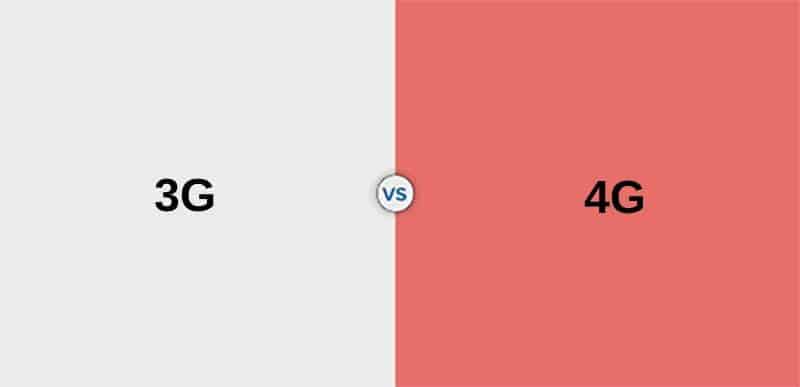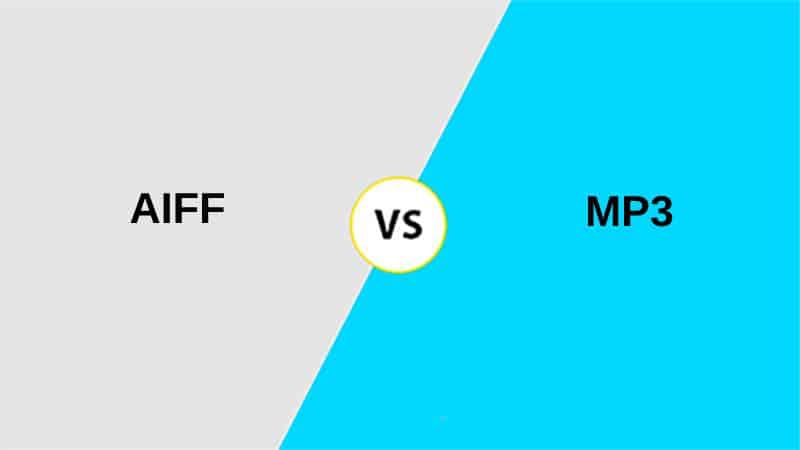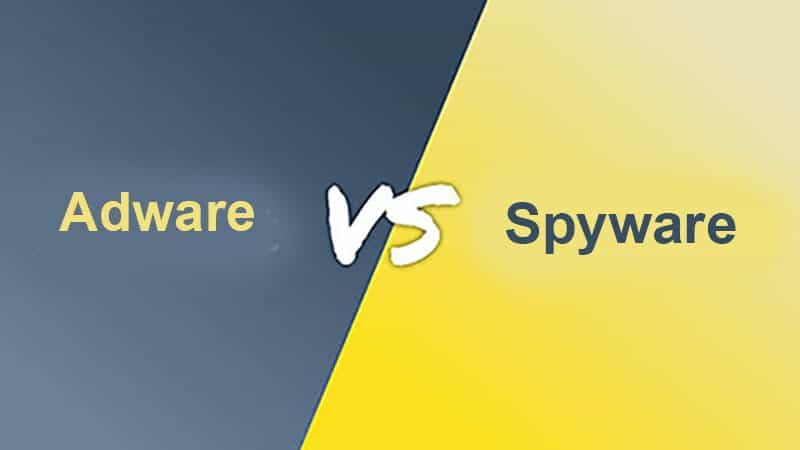What is Human?
A “human” refers to a member of the species Homo sapiens, which is the only surviving species of the genus Homo in the family Hominidae (great apes). Humans are characterized by several distinct features and attributes that differentiate them from other species:
- Bipedalism: Humans walk on two legs, which is one of the most distinctive features of our species. Bipedalism frees up the hands for various tasks and allows for efficient long-distance travel.
- Large Brain: Humans have relatively large brains compared to their body size. The human brain is responsible for complex cognitive functions, including problem-solving, language, creativity, and memory.
- Language and Communication: Humans have developed complex languages and communication systems, allowing them to convey abstract ideas, share knowledge, and collaborate on various tasks.
- Culture: Humans create and pass down cultural traditions, knowledge, and social norms from generation to generation. Culture plays a significant role in shaping human societies.
- Tool Use and Technology: Humans are adept at using tools and developing technologies to modify their environment, improve their quality of life, and solve problems.
- Social Structure: Humans are social animals living in complex social structures and communities. These structures involve families, clans, tribes, and larger societies.
- Emotions and Empathy: Humans experience a wide range of emotions, including joy, sadness, anger, and empathy. These emotions contribute to our social bonds and interactions.
- Self-Awareness: Humans possess self-awareness and consciousness, allowing them to reflect on their thoughts, feelings, and actions.
- Biological Diversity: While humans share common characteristics, there is significant biological diversity within the species, resulting in variations in physical traits, cultures, and behaviors among different populations and regions.
- Societal Complexity: Humans have created complex societies with diverse institutions, including governments, religions, economies, and educational systems.
- Ethics and Morality: Humans have developed systems of ethics and morality, which guide their behavior and decision-making, based on cultural and religious beliefs.
- Environmental Impact: Humans have a profound impact on the natural world, including the ability to modify ecosystems, exploit natural resources, and influence climate.
What is Computer?
A computer is an electronic device that processes and stores data performs calculations, and carries out various tasks based on a set of instructions or programs. Computers come in various forms and sizes, from desktops and laptops to smartphones, tablets, and specialized devices. They are an integral part of modern life and are critical in numerous fields, including business, education, science, entertainment, and communication.
Key components and characteristics of a computer system include:
- Hardware: This comprises the physical components of a computer, including the central processing unit (CPU), memory (RAM), storage devices (hard drives or SSDs), input devices (keyboard, mouse, touchscreen), output devices (monitor, printer, speakers), and various internal and external peripherals.
- Software: Software consists of the programs, applications, and operating systems that control and manage the computer’s hardware. This includes the operating system (e.g., Windows, macOS, Linux), productivity software (e.g., Microsoft Office), web browsers, and countless other applications for specific tasks.
- Data: Computers process and store data, including text, numbers, images, videos, etc. Data is stored in files and organized into directories or folders on storage devices.
- Input and Output: Users interact with computers by providing input through input devices and receiving output through output devices. Input devices include keyboards, mice, touchscreens, and microphones, while output devices include monitors, speakers, and printers.
- Processing: The central processing unit (CPU) executes instructions and performs calculations. It fetches, decodes, executes, and stores data based on instructions provided by software programs.
- Memory: Computers have two main types of memory: RAM (Random Access Memory) for temporary storage of data and program instructions during active use, and storage devices (e.g., hard drives, SSDs) for long-term data storage.
- Operating System: The operating system (OS) is essential software that manages the computer’s hardware resources, provides a user interface, and enables users to run applications and access files.
- Networking: Many computers are connected to networks, allowing them to communicate with other computers and devices. This enables tasks like internet browsing, file sharing, and remote access.
- User Interface: Computers offer graphical user interfaces (GUIs) that make it easy for users to interact with the system and applications using visual elements such as icons, windows, and menus.
- Programming: Using programming languages, computers can be programmed to perform specific tasks or calculations. Programmers write code to instruct the computer on what actions to take.
- Multitasking: Modern computers can multitask, meaning they can run multiple applications simultaneously, switching between them as needed.
- Storage Capacity: Computers have varying storage capacities, from small storage in mobile devices to large capacities in desktops and servers.
Comparison Table Between Human and Computer
| Aspect | Human | Computer |
|---|---|---|
| Nature | Biological entity with physical body and mind | Electronic device with hardware and software |
| Intelligence | Possesses general intelligence, creativity, and adaptability | Operates based on programmed instructions |
| Learning and Adaptation | Can learn, adapt, and acquire new knowledge and skills over time | Operates according to pre-defined algorithms and programs |
| Consciousness | Conscious and self-aware, capable of subjective experiences and emotions | Lacks consciousness, self-awareness, and emotions |
| Biological Functions | Requires food, oxygen, and rest for survival | Operates independently of biological needs |
| Physical Mobility | Can move and interact with the physical world | Static and relies on external input devices for interaction |
| Emotional Intelligence | Exhibits emotional intelligence, empathy, and social understanding | Lacks emotional intelligence and empathy |
| Creativity | Demonstrates creativity, imagination, and innovation | Performs tasks based on predefined algorithms |
| Language and Communication | Communicates using natural languages, gestures, and expressions | Communicates through programming languages and data |
| Sensory Perception | Has sensory organs (e.g., sight, hearing, touch) for perceiving the environment | Lacks sensory perception, but can process sensory data from external devices |
| Biological Growth | Undergoes growth, development, and aging | Does not grow or age |
| Morality and Ethics | Exhibits moral and ethical reasoning | Lacks moral and ethical reasoning |
| Empathy | Capable of empathy and understanding others’ emotions | Lacks empathy and emotional understanding |
| Reproduction | Reproduces through sexual or asexual reproduction | Does not reproduce |
| Limitations | Subject to physical and biological limitations | Operates within the limits of its hardware and software |
| Error Handling | May make mistakes, but can learn from them | Performs tasks as programmed, errors result from programming or hardware issues |
| Adaptation to Environments | Adapts to a wide range of environments and situations | Requires specialized hardware or software for specific tasks |
| Versatility | Versatile in performing a wide range of tasks | Specialized for specific tasks |
| Ethics and Morality | Adheres to moral and ethical principles | Operates based on programming without moral or ethical considerations |
Main Differences Between Human and Computer
Human:
- Biological Complexity: Humans are biologically complex organisms with intricate systems, such as the circulatory, respiratory, and nervous systems, which allow them to function and adapt to various environmental conditions.
- Emotions and Subjectivity: Humans experience emotions and subjective consciousness, influencing decision-making, creativity, and social interactions. Emotions add a unique layer to human experiences.
- Instinct and Intuition: Humans possess instincts and intuitions developed through evolution, enabling them to make quick decisions in certain situations based on subconscious cues.
- Social and Cultural Context: Humans operate within complex social and cultural contexts that shape their beliefs, behaviors, and values. These contexts influence decision-making and interactions.
- Bioethical Considerations: Humans face bioethical dilemmas related to medical decisions, reproduction, and the treatment of living beings. Ethical considerations play a significant role in human actions.
- Physical Senses: Humans have a wide range of physical senses, including taste, smell, and touch, which contribute to their perception of the world and their ability to gather information.
- Biological Evolution: Humans are products of millions of years of biological evolution, which has shaped their physical and cognitive abilities and continues to do so.
Computer:
- Artificial Intelligence: Computers can simulate aspects of human intelligence through artificial intelligence (AI) but lack true consciousness, emotions, and subjective experiences.
- Algorithmic Processing: Computers rely on algorithms and mathematical procedures to process data and execute tasks, lacking the ability to think or make decisions outside of predefined instructions.
- Data-Driven Decisions: Computers excel at making decisions based on data and patterns but do not possess instincts or intuitions. They rely on statistical analysis and algorithms for decision-making.
- No Cultural Context: Computers operate without cultural or social context unless programmed to consider such factors. They do not have cultural beliefs, values, or experiences.
- Lack of Biological Needs: Computers do not have biological needs like food, water, or sleep and do not experience physical sensations or pain.
- No Genetic Evolution: Computers do not evolve biologically. Their advancements come through technological innovations and updates to hardware and software.
- Deterministic Behavior: Computers operate deterministically, meaning they perform tasks exactly as programmed without variability or instincts.
- No Ethical Considerations: Computers do not possess moral or ethical considerations. Any ethical or moral implications arise from human programming or decision-making.














